🌟 A Landmark Victory in the Era of Telecom Intelligence
In a powerful demonstration of telecom innovation, Huawei and China Telecom have secured one of the industry’s most coveted honors — the TM Forum Excellence Award 2025 in Data and AI Innovation. Announced during the global Digital Transformation World 2025 event in Copenhagen, this recognition is not merely symbolic. It represents a clear acknowledgment of their joint contribution to reshaping telecom operations with cutting-edge artificial intelligence and autonomous systems.
The award-winning project, titled “AI Agents Driving a New Era of O&M and Transforming Customer Experience,” marks a shift from manual operations to smart, AI-enabled networks. It showcases how human-machine collaboration can drive performance, improve user satisfaction, and transform large-scale service operations into intelligent, agile frameworks.
This article explores the significance of the award, the core technologies behind the innovation, real-world results, ecosystem impact, and what this means for the future of telecom.
🤖 The Project: AI Agents Reshaping the Backbone of Telecom
Huawei and China Telecom didn’t just build another AI tool — they created an entire intelligent ecosystem designed to revolutionize Operations and Maintenance (O&M). Their system uses domain-specific AI foundation models combined with task-oriented agents that operate autonomously, efficiently, and accurately across massive datasets and network structures.
The AI agents are engineered to identify patterns, resolve faults, optimize services, and provide intuitive user support. The result? A telecom network that is not just faster and more stable — but smarter.
By the end of 2024, their system achieved:
- Over 46 million service invocations
- 120,000+ monthly active users
- Significant drops in service downtime and complaint resolution time
- Improved network quality across pilot regions
These numbers show that this is not just an experiment — it is a fully operational, scalable AI platform delivering tangible results.
🧠 Inside the Innovation: Building Intelligence from the Ground Up
📌 The Future Agent Joint Innovation Center
The core of this initiative lies in the Future Agent Joint Innovation Center, a collaborative space where Huawei and China Telecom engineers co-develop solutions under one vision: to enable fully autonomous telecom operations.
The AI innovation is built on three major pillars:
1. Domain-specific Foundation Models
Unlike generic models used in tech, Huawei’s and China Telecom’s approach involves models trained specifically for telecom tasks. These models understand signal behavior, infrastructure configurations, customer behavior patterns, and maintenance workflows — making them highly accurate in diagnosing and fixing problems in real time.
2. Task-Oriented AI Agents
These agents function like digital workers. Each agent is designed to handle specific functions like customer queries, signal optimization, broadband installation, and fault repair. These agents don’t just respond to data — they interpret, learn, and act autonomously, sometimes faster than human operators.
3. Chain-of-Thought Optimization
Inspired by human reasoning, chain-of-thought modeling allows these AI agents to follow logical steps in real time. This improves their decision-making accuracy, reduces errors, and ensures the right task is performed under the right conditions.
🛠️ Real-World Applications: Where AI Meets the Customer
Huawei and China Telecom deployed their solution across multiple high-impact scenarios:
🏠 Home Broadband Installation and Maintenance Agent
This agent improves installation, maintenance, and troubleshooting. Key outcomes include:
- 30% reduction in average fault troubleshooting time
- 10% drop in hotline expert interventions
- Self-service issue resolution for millions of users
- End-to-end automation across broadband, IPTV, and home Wi-Fi
This agent directly serves the end-user, offering personalized AI-driven support through app interfaces and smart diagnostic tools.
📶 Wireless Network Optimization Task Model
This model transitions network tuning from being experience-driven to data-driven. AI dynamically tunes base stations, bandwidth, and signal frequencies based on real-time conditions. Key benefits:
- 20–30% faster fault resolution
- 15% improvement in overall user experience scores
- Reduction in dropped calls, lag, and weak signal zones
With these agents in action, Huawei and China Telecom have moved beyond predictive models — they’ve built proactive, adaptive systems.
🌐 Ecosystem Expansion: A Collaborative Movement
This innovation is not a closed system. In fact, Huawei and China Telecom actively expanded the platform’s reach by:
- Onboarding 39 ecosystem partners
- Launching 2000+ AI applications by year-end 2024
- Creating APIs for third-party agent development
- Setting up open innovation forums to attract startups and AI experts
By enabling partner ecosystems, they ensure rapid development of new agents, reduce deployment costs, and allow small and medium operators to benefit from AI without building infrastructure from scratch.
📈 Results That Speak Volumes
Here’s what their AI-powered O&M system achieved within the first 12 months of implementation:
- 46 million AI-powered service invocations
- 20–60% increase in resolution speed across service categories
- 10–15% improvement in customer satisfaction
- Reduction in downtime by over 40% in key regions
- Staff efficiency gains due to AI-guided workflows
These numbers validate that the project is more than a proof of concept. It is already influencing how modern telecom is delivered.
🧩 AI Governance and Standards: Leading Global Change
Winning the award is a major milestone — but Huawei and China Telecom didn’t stop at innovation. They contributed to the TM Forum AI Governance Models, helping define global standards for:
- Foundation model lifecycle management
- AI agent safety, transparency, and auditability
- Data compliance within telecom ecosystems
- Cross-border AI regulatory alignment
Their approach ensures that innovation is aligned with global ethical and legal frameworks, paving the way for trustworthy AI adoption.
🧭 What the Award Means for the Telecom Industry
For many global operators still hesitating to adopt AI, this award sends a clear message: the time for autonomous telecom is now. The excellence award validates the commercial viability, technological maturity, and scalability of AI agents in telecom.
The benefits include:
- Better customer experience without adding more call center staff
- Faster response times in high-traffic networks
- Smarter predictive maintenance
- Lower operational costs
- Global compliance-ready AI frameworks
This win is not just Huawei and China Telecom’s achievement — it sets a blueprint for the entire industry.
🔮 Future Roadmap: From Intelligence to Autonomy
Looking ahead, Huawei and China Telecom plan to:
- Expand agents to 5G core and edge networks
- Enhance cross-agent collaboration
- Refine low-latency AI models
- Incorporate multi-modal input analysis (text, voice, signal, logs)
- Scale deployments across global telecom alliances
They also intend to drive further collaboration through global developer programs and university research partnerships.
📝 Final Word
This award is a defining moment in telecom history. Huawei and China Telecom have taken the lead in building a truly intelligent network infrastructure — one that acts, adapts, and evolves with real-time data.
As telecoms around the world look to modernize, this project stands as a guidepost. AI is not the future — it’s already the present. And with projects like this, it’s also more accessible, scalable, and profitable than ever before.
✅ Summary Recap
Event: TM Forum Excellence Awards 2025
Winners: Huawei and China Telecom
Category: Data and AI Innovation
Project Title: AI Agents Driving New Era of O&M and Transforming Customer Experience
Key Results:
- 46M+ service invocations
- 120K+ active users
- 39+ ecosystem partners
- 2000+ AI applications deployed
- 30%+ efficiency gains in operations
This is the telecom revolution, not just led by fiber or 5G, but by intelligence, automation, and vision.

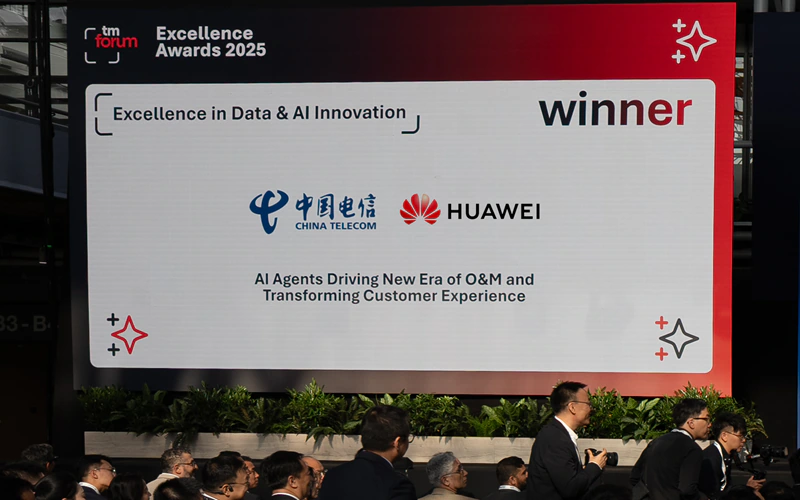


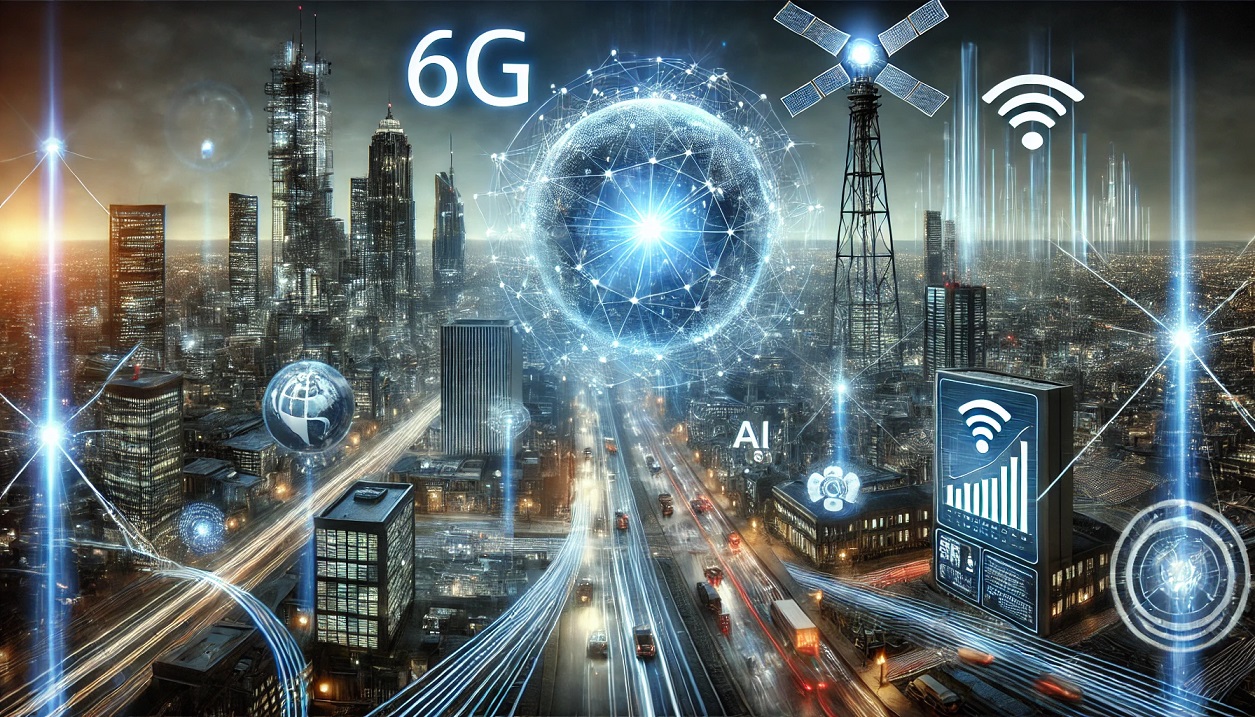

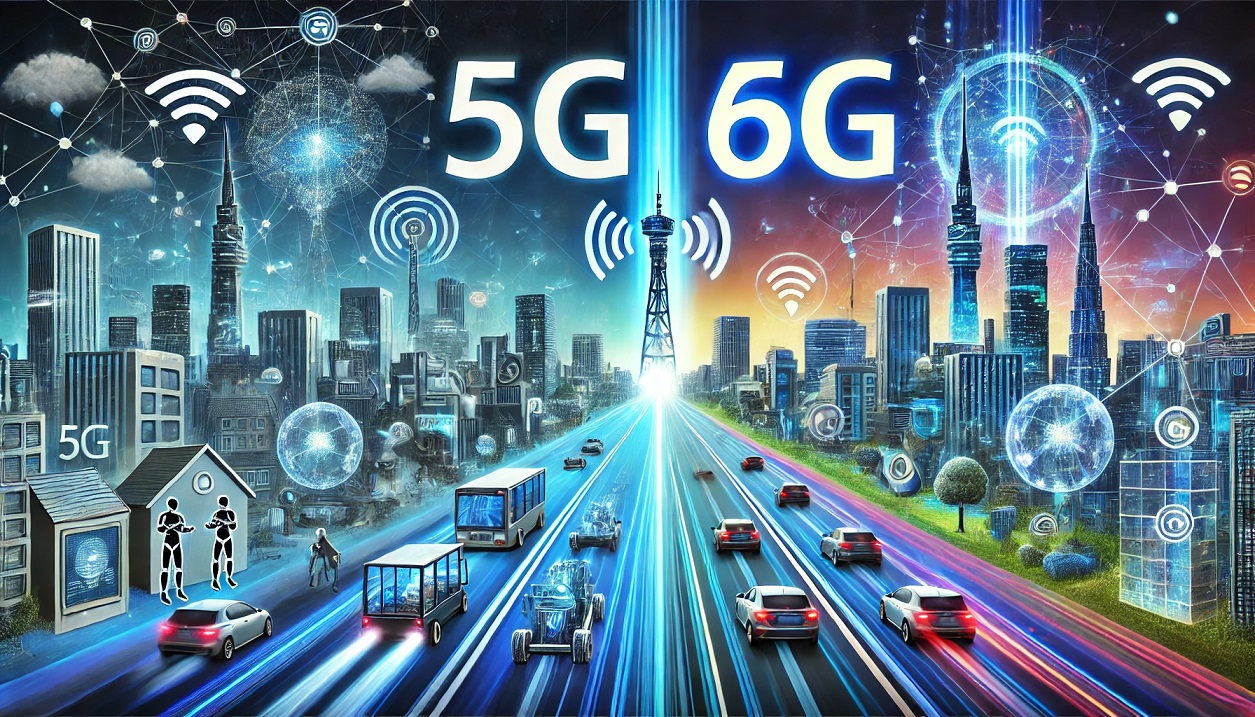
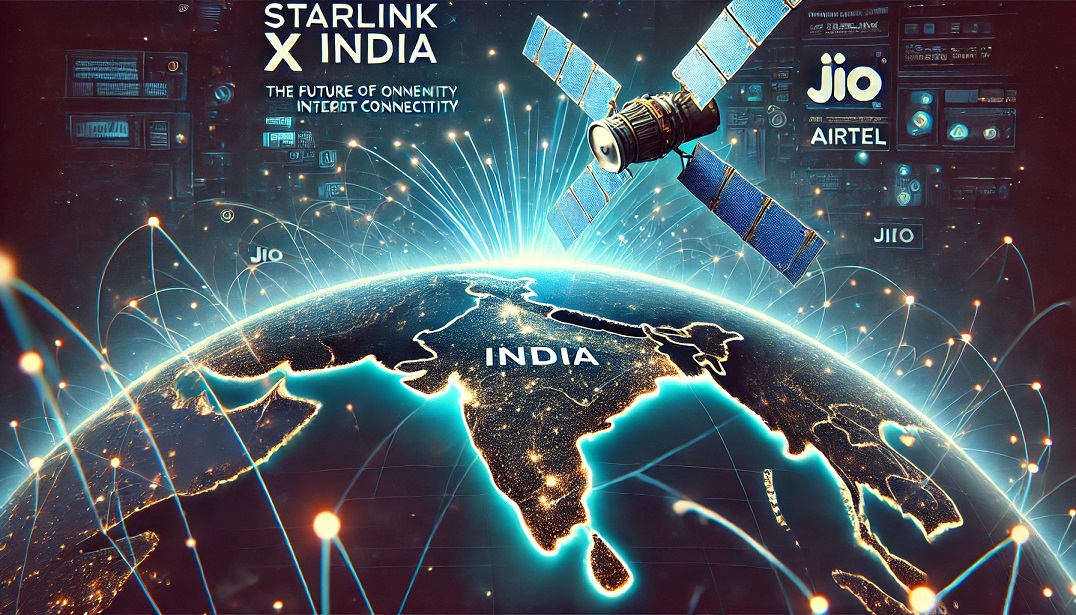
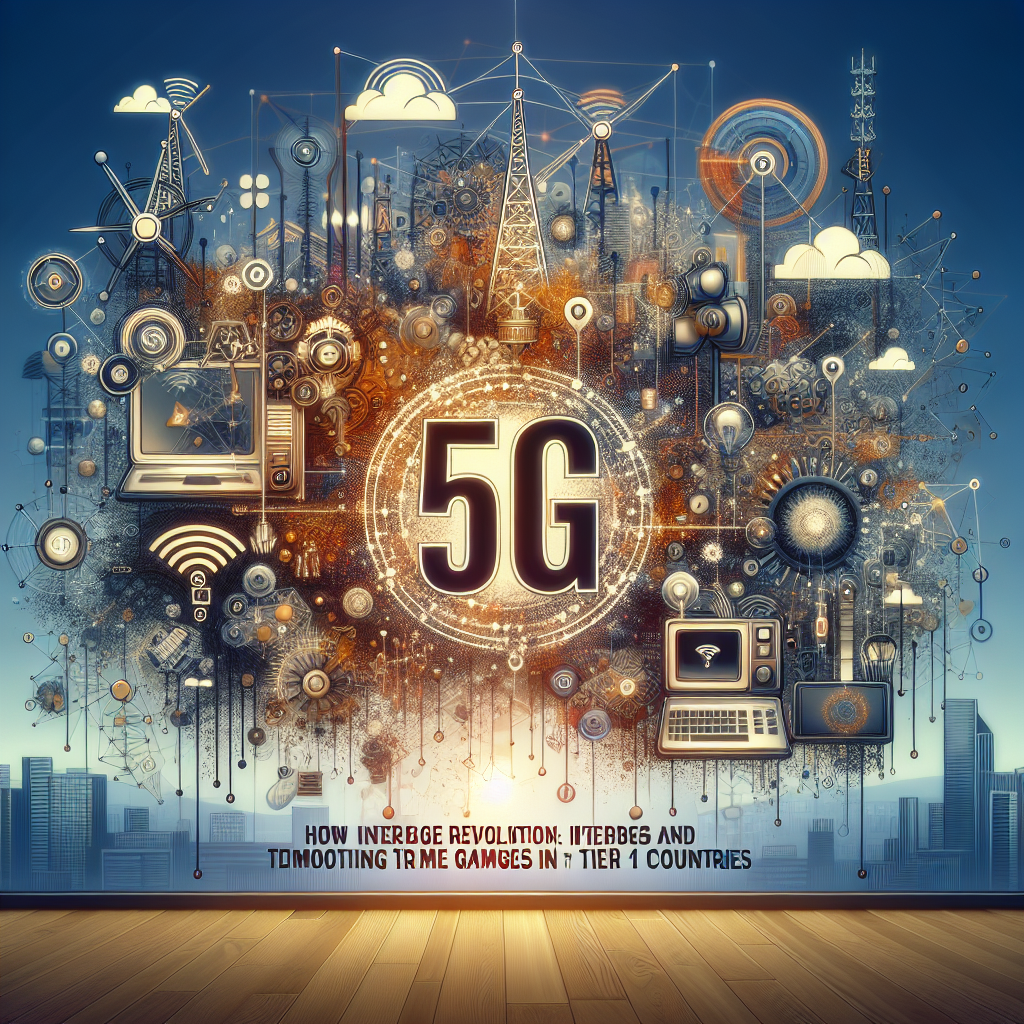
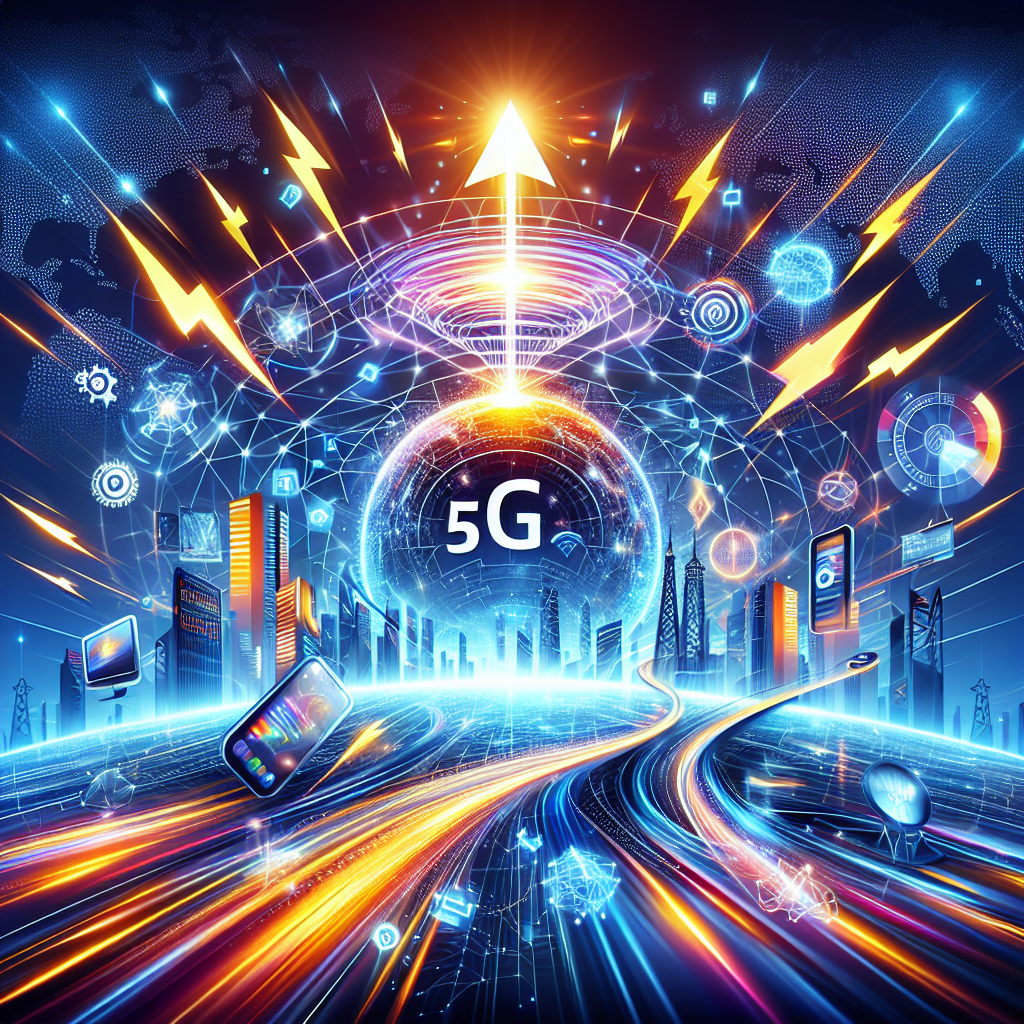

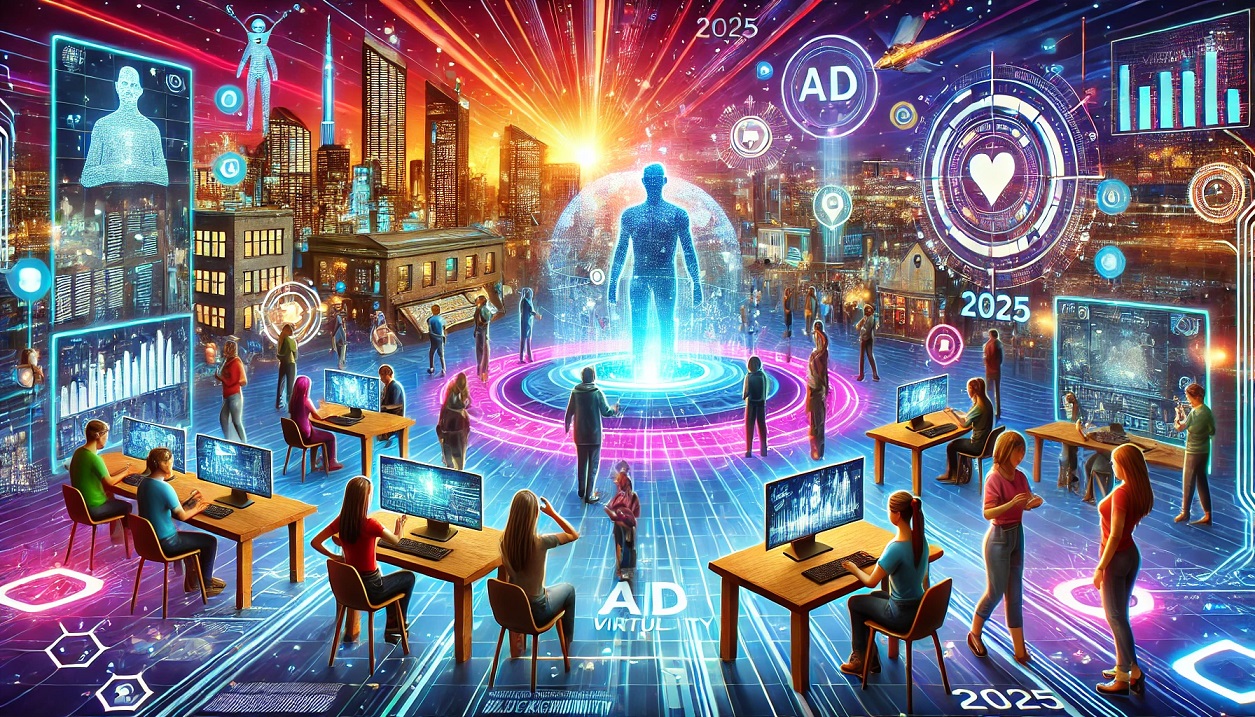



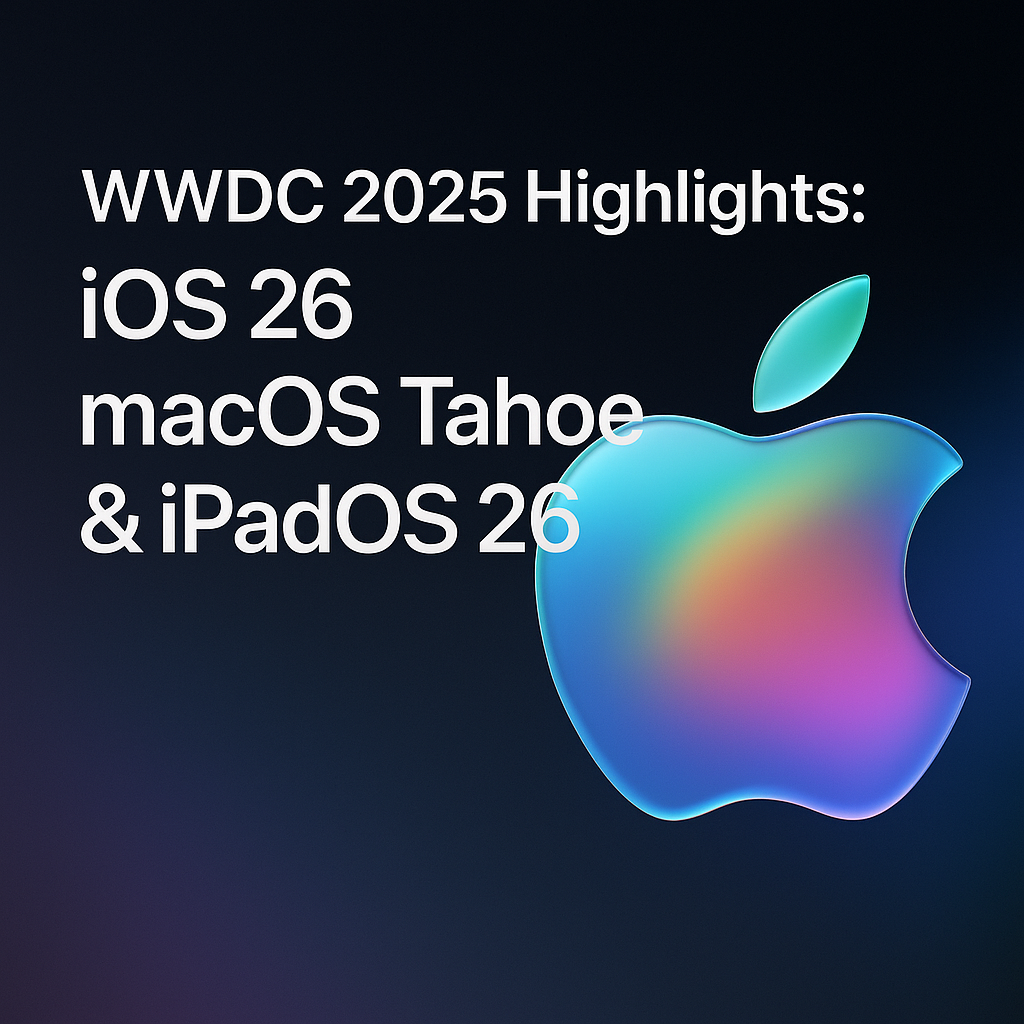

Comments 0